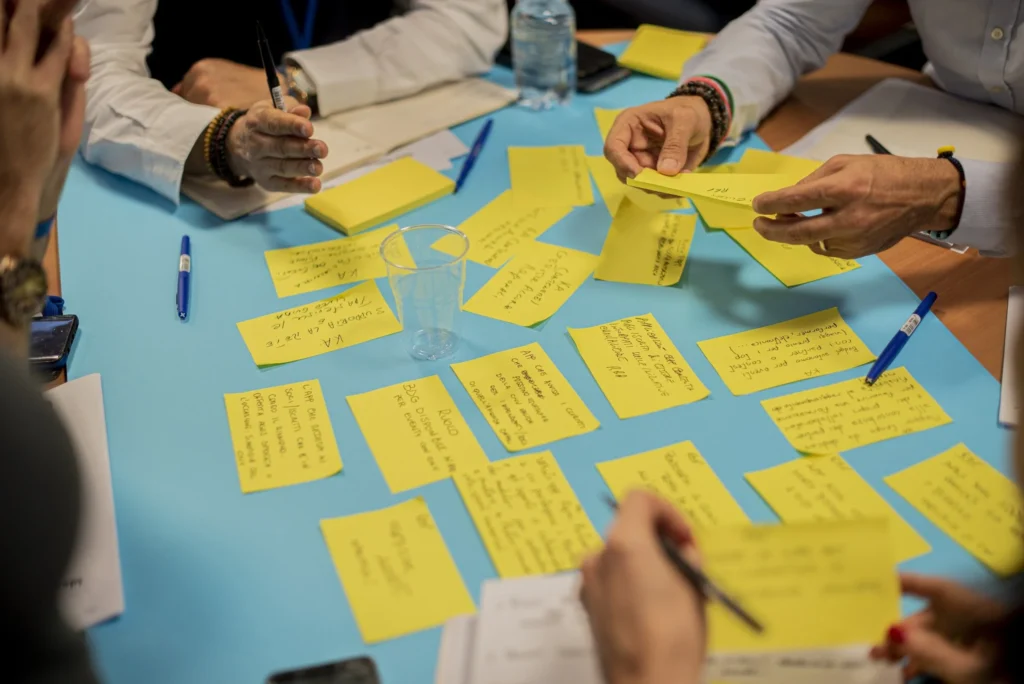Data is foundational to all equity, diversity and inclusion programs. Jumping into action without it can be costly and harmful for the overall effort. Data inputs across the employee lifecycle are foundational to any equity, diversity and inclusion (EDI) program. Below we look at how companies can use data to assess the current landscape, influence decision makers, prioritize high-impact initiatives and measure progress over time. It’s time to put your people data to work and here’s why.
1. Assessing the current landscape
Data helps to confirm or refute our assumptions about the barriers for underrepresented groups within our organizations. People are often quick to jump to conclusions about why issues such as why there are less women in senior leadership roles or why visible minorities are leaving at a disproportionate rate, however these assumptions can quickly lead us down the wrong path. Data is a powerful way to understand the current landscape and test our assumptions about areas such as turnover, retention, recruitment and pay before we take action.
Data is foundational to all equity, diversity and inclusion programs. Jumping into action without it can be costly and harmful for the overall effort.
2. Building the case for decision makers
Perhaps the most impactful use of people analytics is presenting data visually to easily demonstrate an issue and influence decision-makers. It is common for HR leaders to feel like a squeaky wheel trying to drive EDI forward within their organizations, so why not use data? People data can be presented in graphic and statistical reports that are easy for leaders to understand—and take action on. Data removes the subjectivity and clearly answers the questions: Do we have a problem? Where is it? How do we compare to our industry peers? While external research and publications are interesting and can be excellent support, the case for change is most powerful when the data comes from within.
3. Tackling high impact initiatives first
Understanding the current landscape is a key step in narrowing the scope of EDI initiatives; it ensures a company is focused on the right initiatives at the right time which maximizes resources and support for EDI programs. One of the most common and costly mistakes we see companies make is jumping into action without understanding where the problems are and what initiatives will have the greatest impact. The result is that limited progress is made which hurts morale and can be damaging to the overall D&I program – not to mention it’s a big draw on resources for little change.
4. Setting a baseline for continuous improvement
If people are a company’s greatest asset why do we not measure, track and communicate people data in the same way we do for sales and marketing? Understanding the current state of our people data helps set a baseline so we can measure progress and revisit our plans as needed. It is also a powerful tool to communicate to our leaders, employees, investors or clients about our commitment to building a diverse, equitable and inclusive culture.
Case Study
A resource company with over 10,000 employees across North America partnered with Inclusivity to collect baseline data on the representation of women in their workforce. The company was committed to increasing the number of women and had been investing significant resources in recruitment. However, analytics showed that the real opportunity for improvement was with the Company’s ability to retain the women. The company has since redirected their efforts to focus on barriers for women at work and training for people leaders on building an inclusive workplace.

Don’t let your fragmented people data stop you
It’s common for HR leaders and practitioners to shy away from analytics because the thought of simply compiling their messy and incomplete data is beyond overwhelming. Don’t let this stop you! Analytics and Artificial Intelligence tools can supplement or fill in gaps in your data. You can also get guidance on how to improve the data collection process to ensure you are collecting the necessary inputs in a clean and simple way. The best part? You simply provide access to your internal HR systems and we take care of the rest – no big IT implementation required!






















